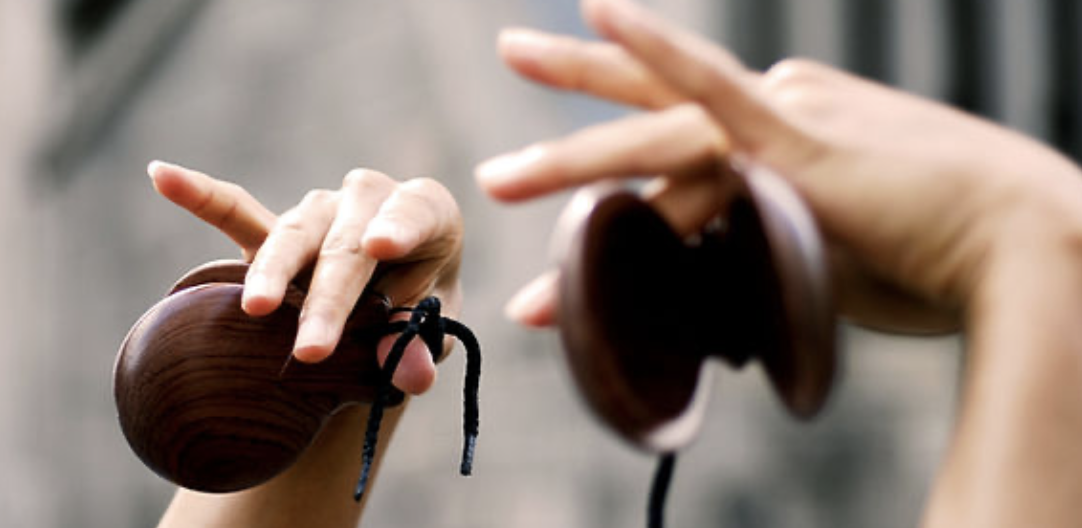The Music of Spain
Spanish music is often associated with traditional styles such as flamenco and classical guitar. While these forms of music are common, there are many different traditional musical and dance styles across the regions.This unique musical genre and dance style, which come from humble origins but enjoy a universal cultural appeal, is often associated with Spain and especially with Andalusia.Here is an example of what Flamenco sounds like, listen;Here
Spanish Composers
Here are some examples of Spanish Composers:
Joaquín Rodrigo was a Spanish composer and a virtuoso pianist. He is best known for composing the Concierto de Aranjuez, a cornerstone of the classical guitar repertoire.After losing his sight almost completely at the age of three after contracting diphtheria, he still went on to achieve great things. He began to study piano and violin at the age of eight, but despite being best known for his guitar music, never mastered the instrument himself.
- Manuel de Falla was an Andalusian Spanish composer and pianist. The most distinguished Spanish composer of the early 20th century. He developed an interest in native Spanish music. In his music he achieved a fusion of poetry and other things that created a unique sound.
- Lucas Vidal is a two time Goya Awards winner Spanish composer who became the youngest Berklee College of Music student ever to compose and record the score to a feature film with a full orchestra and best known for scores such as Fast & Furious 6. He has recently composed for films 'The Raven' and 'The Cold light of Day'
- Joaquín Rodrigo
- Manuel de Falla
- Lucas Vidal


listen to The three cornered hat

Spanish Instruments
The Flamenco guitar is very similar to classical guitar in that you use nylon strings instead of steel strings, such as on other guitars.They have a few differences in their action, woods used, height, and thickness but the most significant difference is in the right-hand technique as to play flamenco guitar, you will use your first and second fingers to pluck the strings.

The castanets are a commonly known Spanish instrument, they belong in the percussion family.They can be made of different materials, such as ivory or hardwood.You will usually use castanets to play along with folkloric or classical dances and they’re often seen played by a flamenco dancer.When playing folkloric music, they’re typically worn on one or more of your fingers on each hand.

The vihuela is a string instrument originating in Spain. It was developed in the 16th century. You play the instrument with your fingers, though none of the original vihuelas still exist, so it’s hard to tell the original intentions.It features six courses of strings, though some of the “courses” have two strings which means that the instrument can have up to 12 strings.This gives it an interesting sound.

Below you can listen to examples of these Instruments;